News
How do you know a business is TRUE eco-tourism?
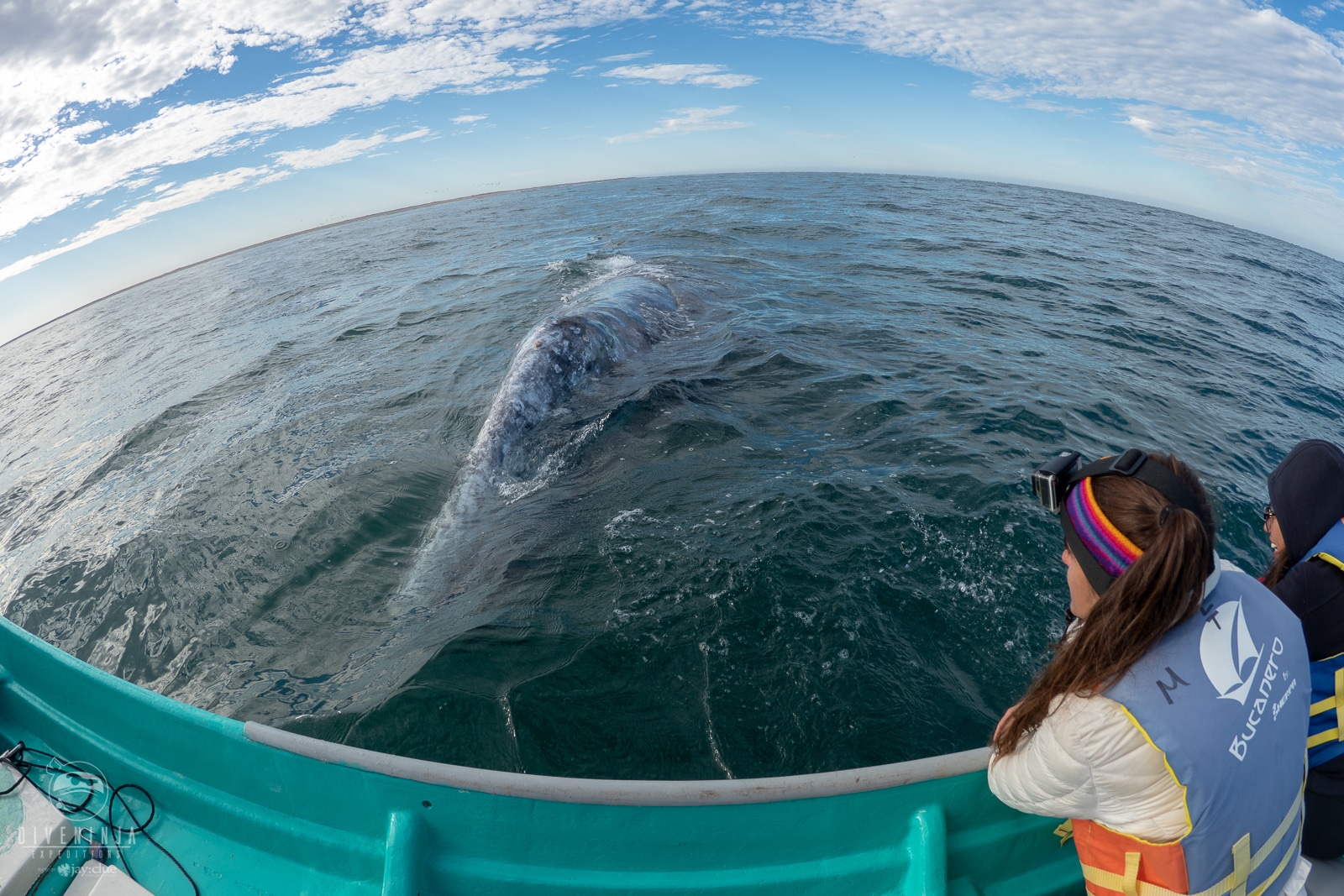
A guest article from marine biologist María Laura Marcías…
Given the current environmental problems we can all pretty much agree that we are facing a crisis. That is not something we want to think about when making plans for our next vacation. But you can help when planning your next holiday by considering choosing ecotourism activities. It is the best way to truly know a place. Exploring its natural and cultural resources, all while reducing your ecological footprint to a minimum in the process, or even better, having a positive impact.
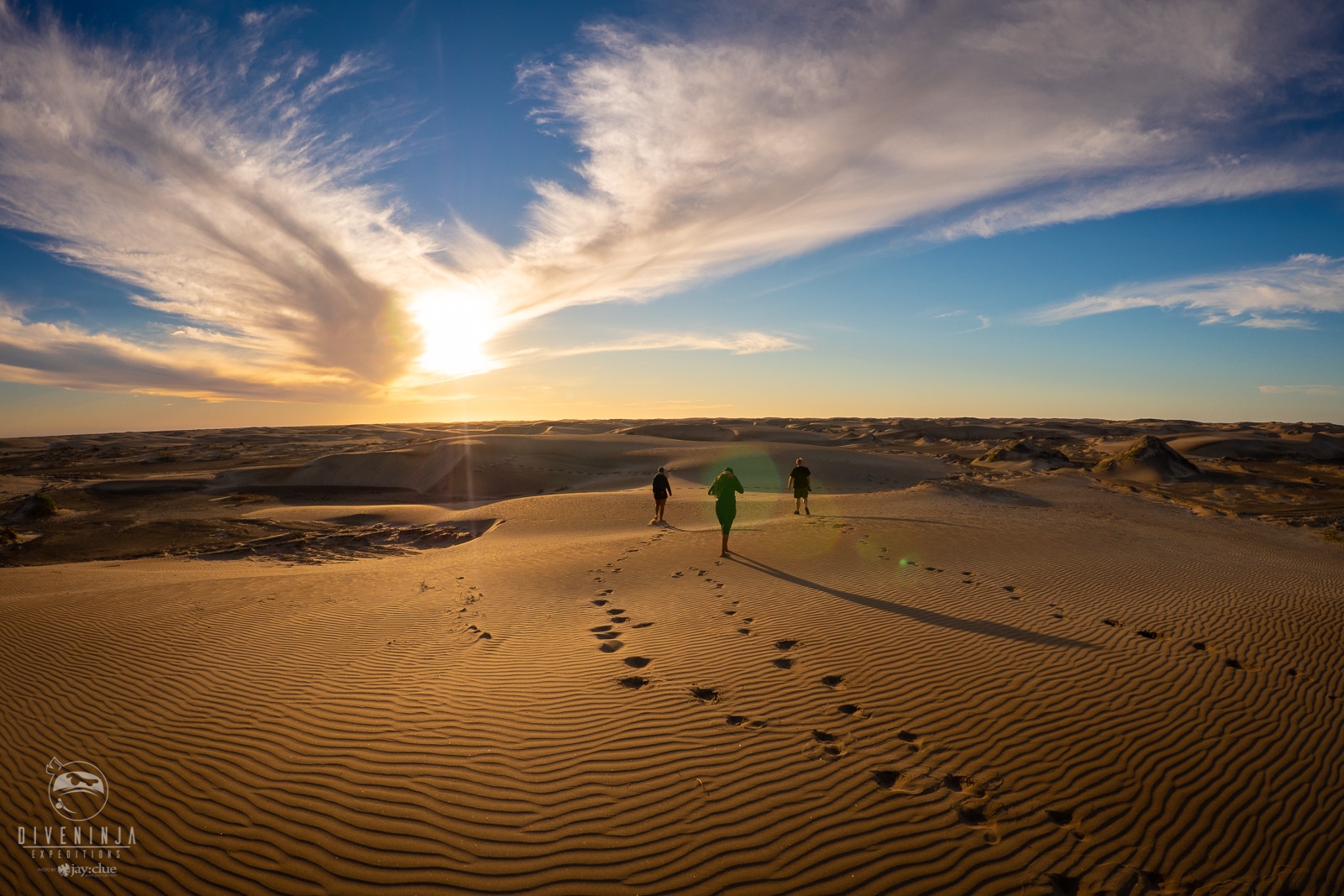
Baja California Sur (BCS) is a Mexican state with a strong touristic component from its foundation given that it has a beautiful and diverse natural and cultural heritage. With so many offers, sometimes it’s difficult to choose a good company for your trip. How do you know they behave well to the environment? In many countries there are eco-labels provided by international regulations or local nongovernmental organizations (NGOs), but this is rarely the case here. Moreover, there is an abuse of the word “eco” for marketing purposes.
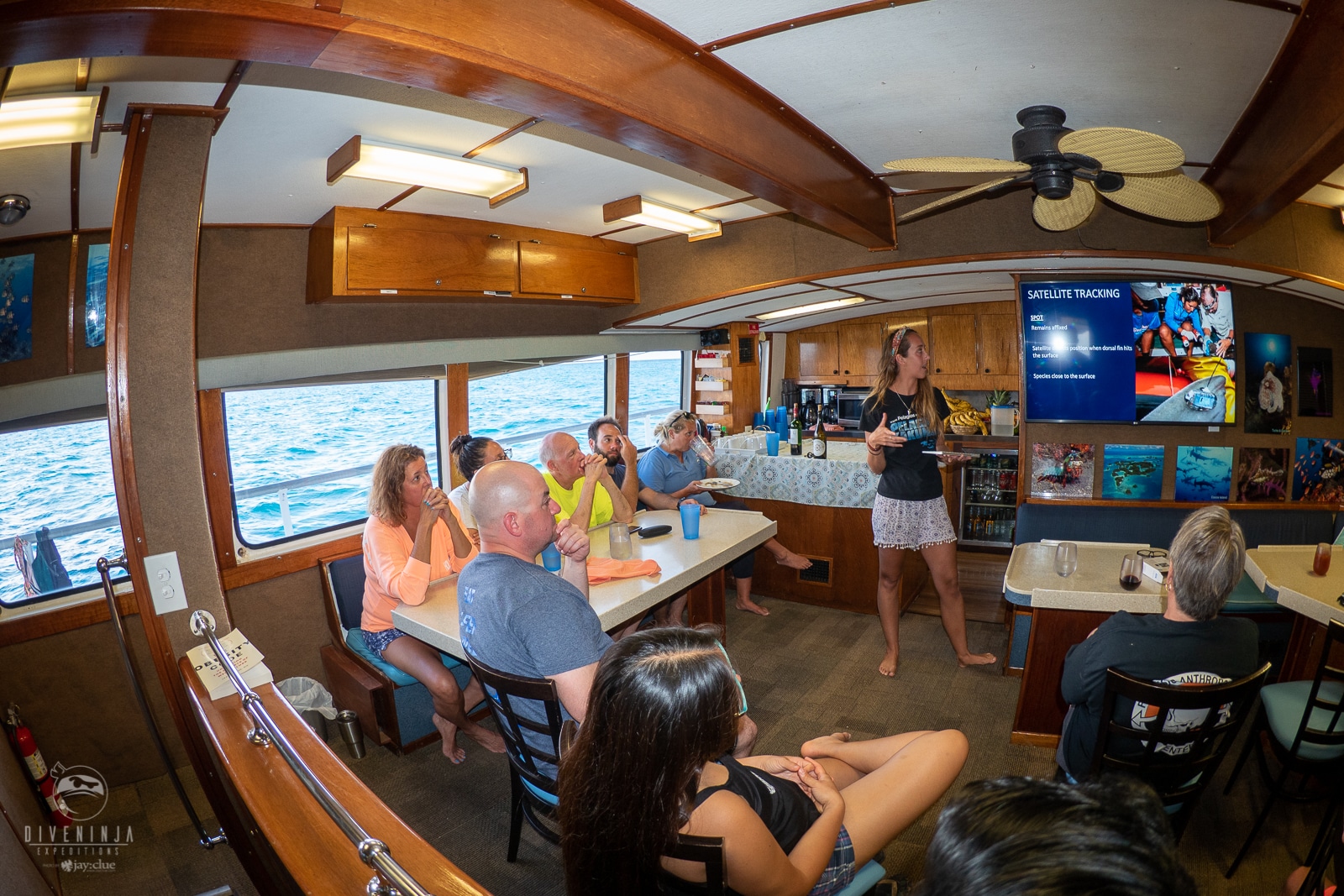
To begin, ecotourism activities must meet the following principles:
1. involve travel to natural destinations, 2. minimize negative impacts in both the environment and the local communities, 3. build environmental awareness, 4. provide direct benefits for conservation, 5. provide financial benefits and empowerment for local people, 6. respect local culture.

My name is Maru. I’m a biologist & science communicator from Argentina, who is currently working on a master’s degree in Marine Sciences with ecotourism in La Paz, BCS, Mexico. I’d like to share a few concepts and tips for you to help make your decision, based on my experience in numerous ecotourism areas:
- As mentioned before, ecotourism is any recreational activity that involves appreciation and knowledge of nature with an attitude and commitment to know, respect, enjoy and actively participate in conservation of natural and cultural resources. This works for the tourists as well as the service providers. Regarding the latter, you should ask your company of choice about local conservation programs and how can you get involved.
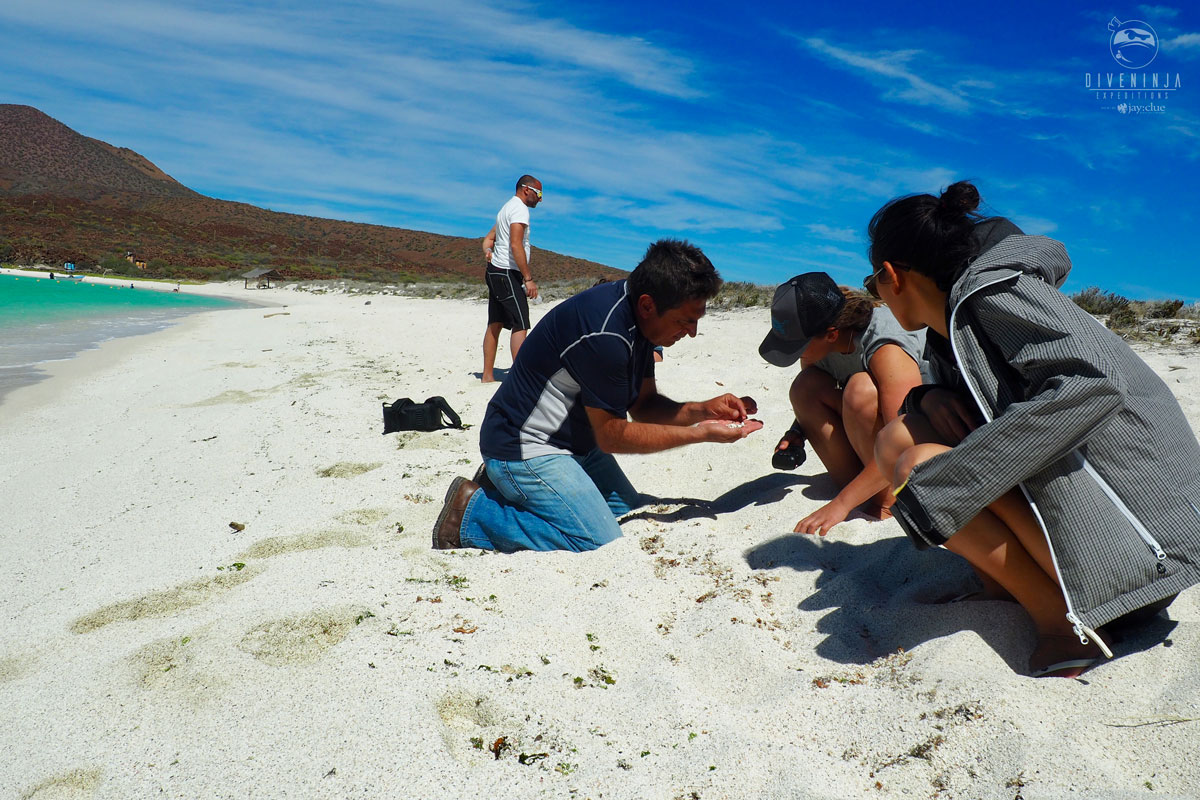
- The company should try to reduce its impact to the environment to a minimum. This involves noise disturbances, pollution, food wraps, local production of merchandising, avoiding single use plastics, and so forth. Their whole operation has to have sustainable standards.
- Of course, tour operators should approach wild animals following current regulations with extra care and with precautionary principles in mind when new situations arrive. In addition, wild animals are just that, wild. This means they will interact with us as long as they want to, so we should not interfere with their normal behavior… this includes feeding them to attract them! With enough patience and a bit of luck, sometimes you will see things you might not have even imagined, and it is always a privilege to interact with nature in its purest form.
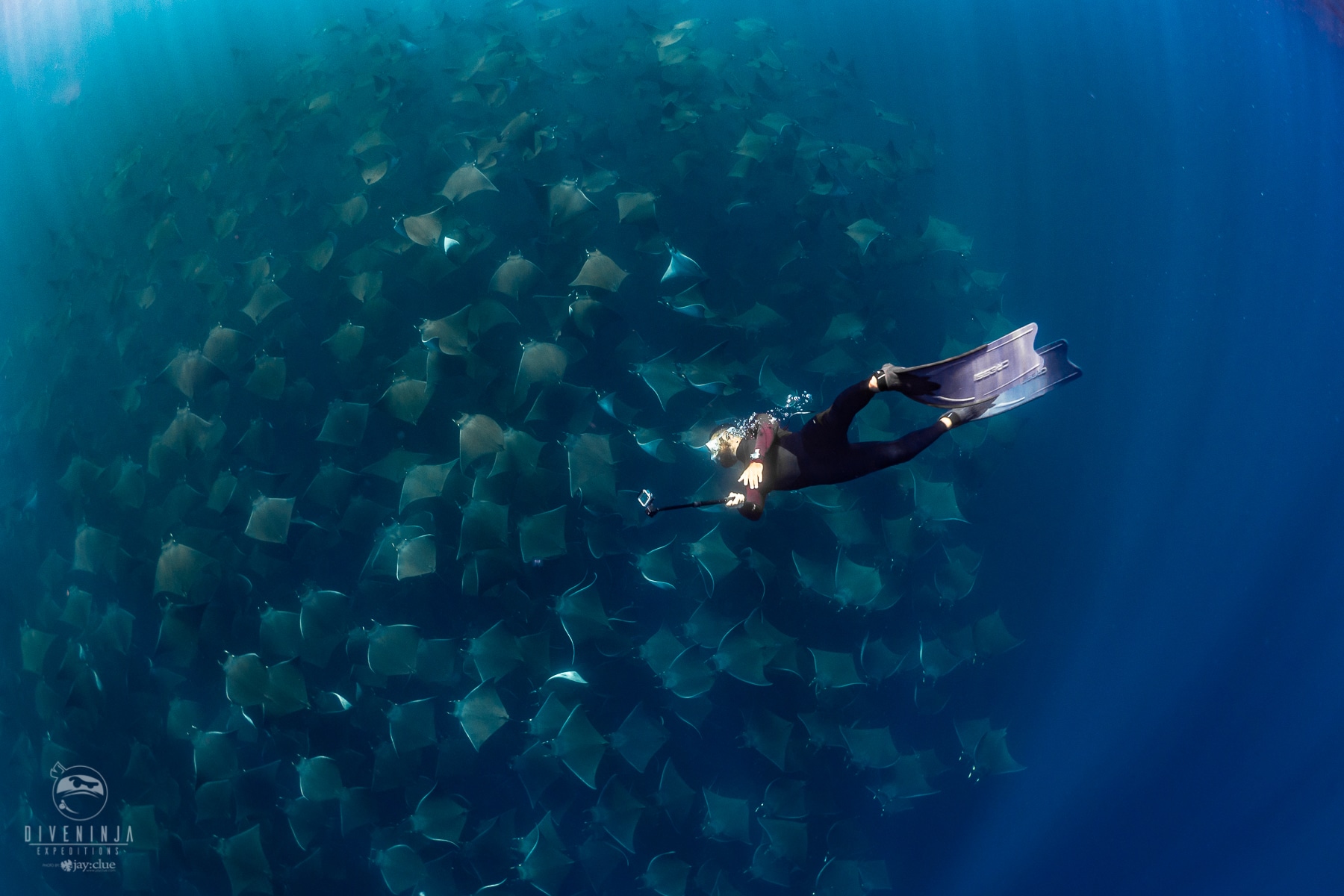
- In the best scenario, the company should have an interpretative educational program designed to increase people’s environmental awareness and pro-environmental behaviors towards the environment, not only in the place they visit, but also to take and implement back home. With social media these days, post-visit action resources can now be more easily implemented.
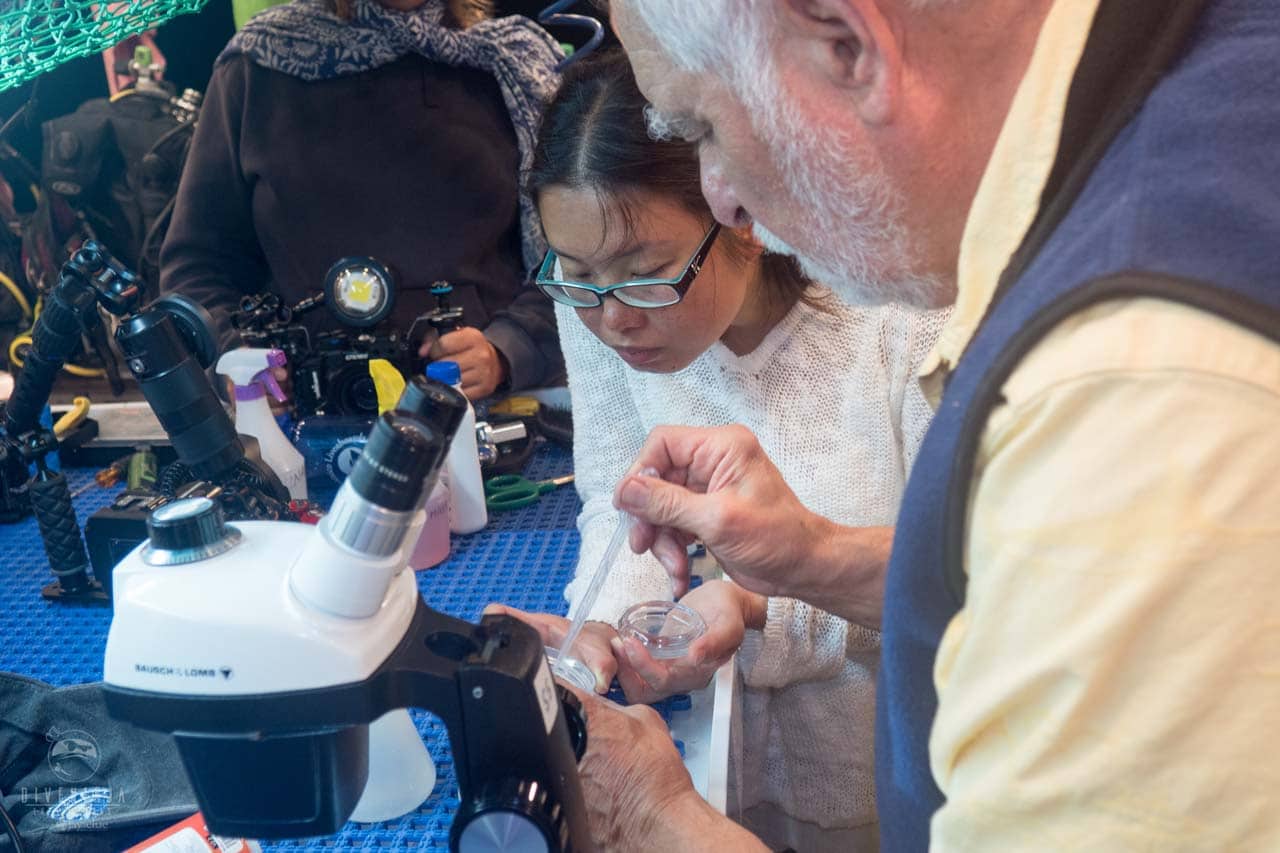
- When delivering the information, they should not “press the play button” and vomit it to you (sorry for the image) like a robot. They should take into account your personal experience, background and interests. They do not know more than you, they know different things. It’s this shared knowledge that enriches both sides of the communication process.
- Foreign companies have every right to work in the place, but must involve local people in some part of their operation. This could be done by buying local food for tourist’s meals, having local captains, or part of the tour guided by or with information provided by locals. This can certainly prove to be a plus for the tourist’s experience! Remember that ecotourism also involves cultural heritage.
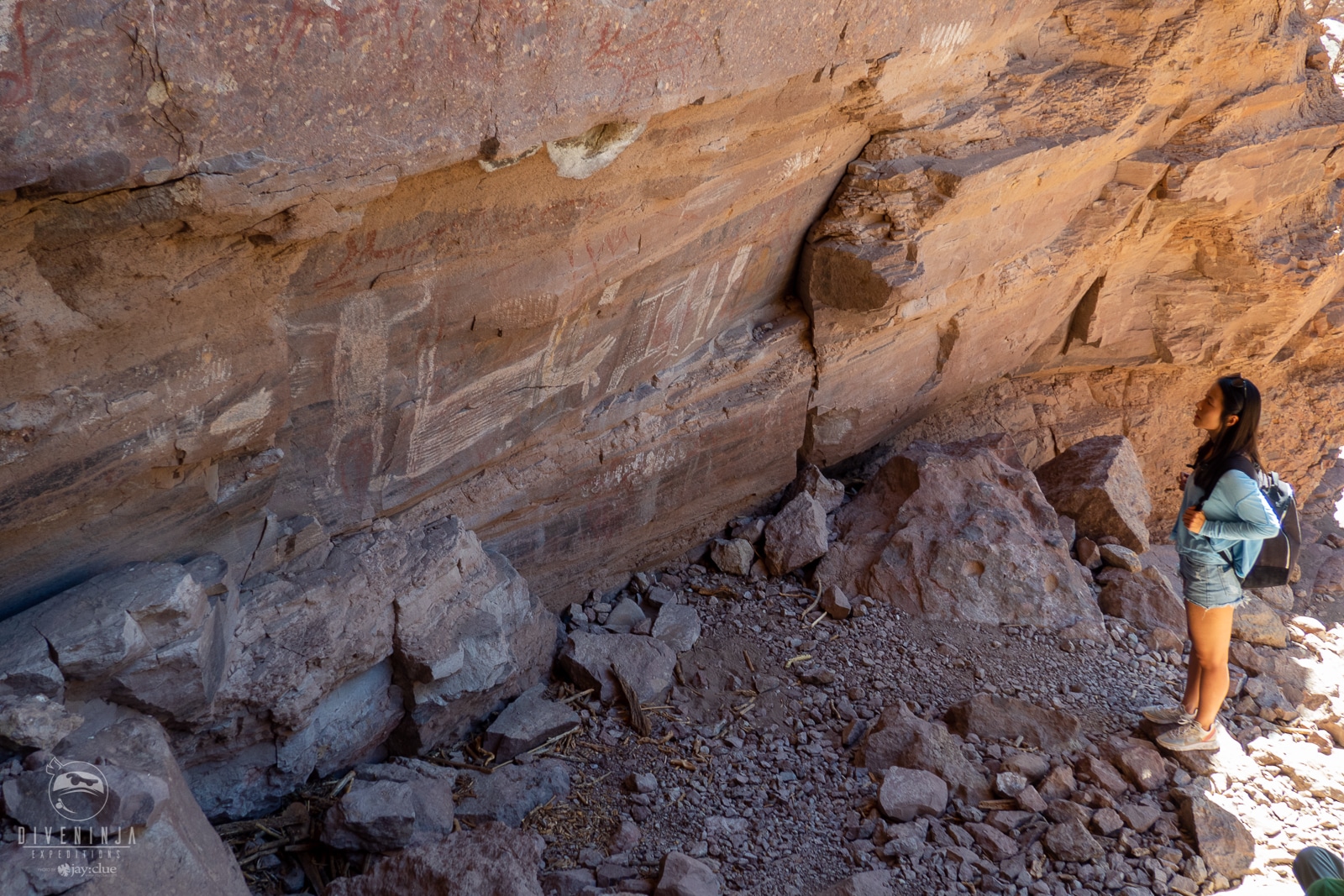
- Frequently we believe that having a biologist guide is the best option. Although sometimes this could be a plus, tourist guides with proper certifications, training and/or experience can be just as good or even better. Biology is a career where we are mostly trained to do research, and sometimes biologists don’t have the training, or even interest in science outreach or in guiding, so our degree is no warranty of quality interpretation. A well-trained tourist guide is someone that knows the proper sources of information and can deliver it to you in an accurate and serious, but fun way.
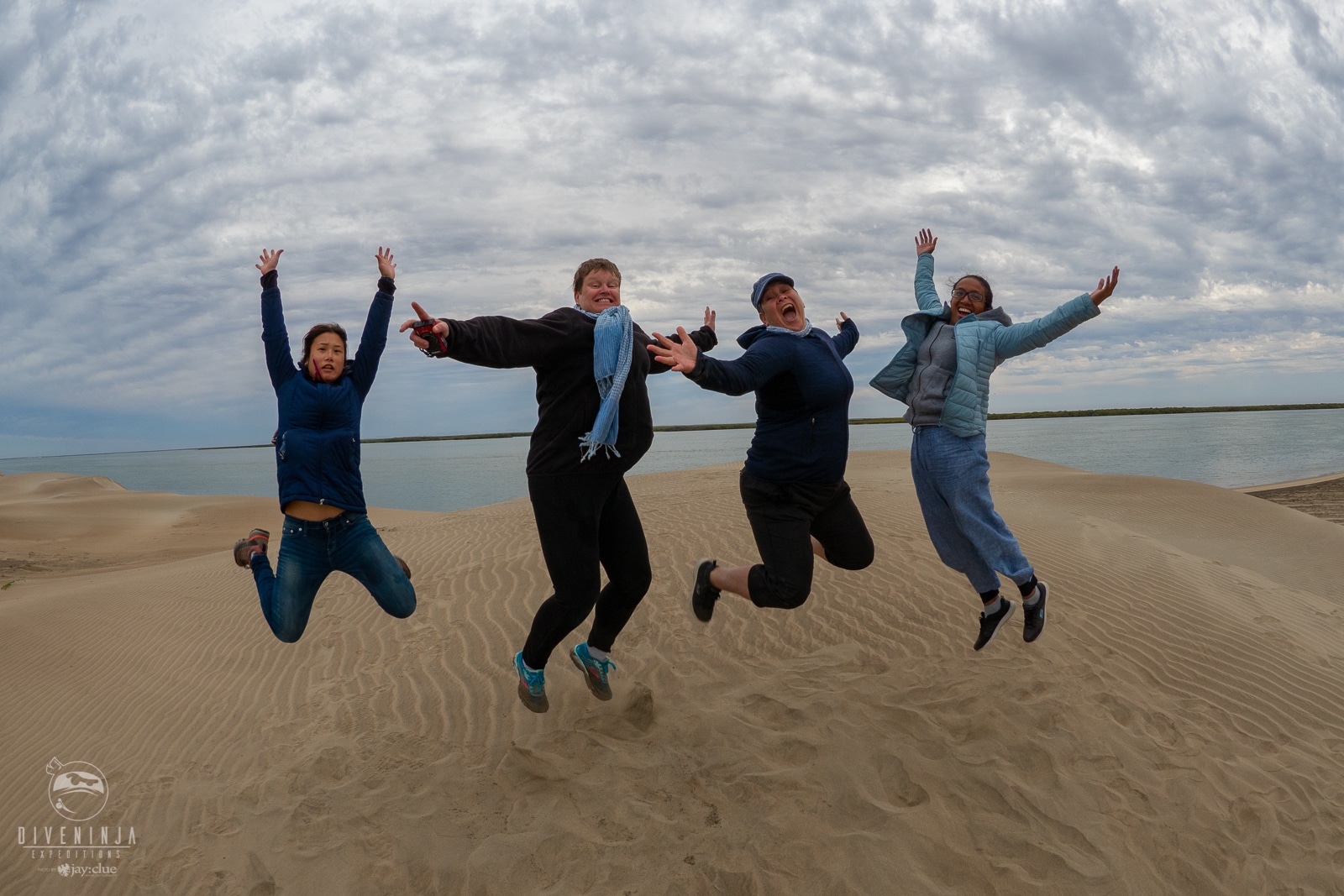
- Above all, passion is the key. Tourist guides should love and have passion for what they do. This is the best way to conserve, protect and transmit cultural and natural heritage to others.

While working on research this past winter I was able to meet and experience firsthand how some of the operators in Baja work. As an example of the above, one of the operators that welcomed me into their groups was Dive Ninja Expeditions in Cabo San Lucas. My experience with them showed they went above and beyond these requirements. They have well-experienced tour guides. They care about the local area and propose different solutions in trying to achieve zero waste policies and sustainable standards. They promote and help local businesses and people. They are involved in creating and actively participating in citizen science projects. And of course, they are very passionate and love what they do.
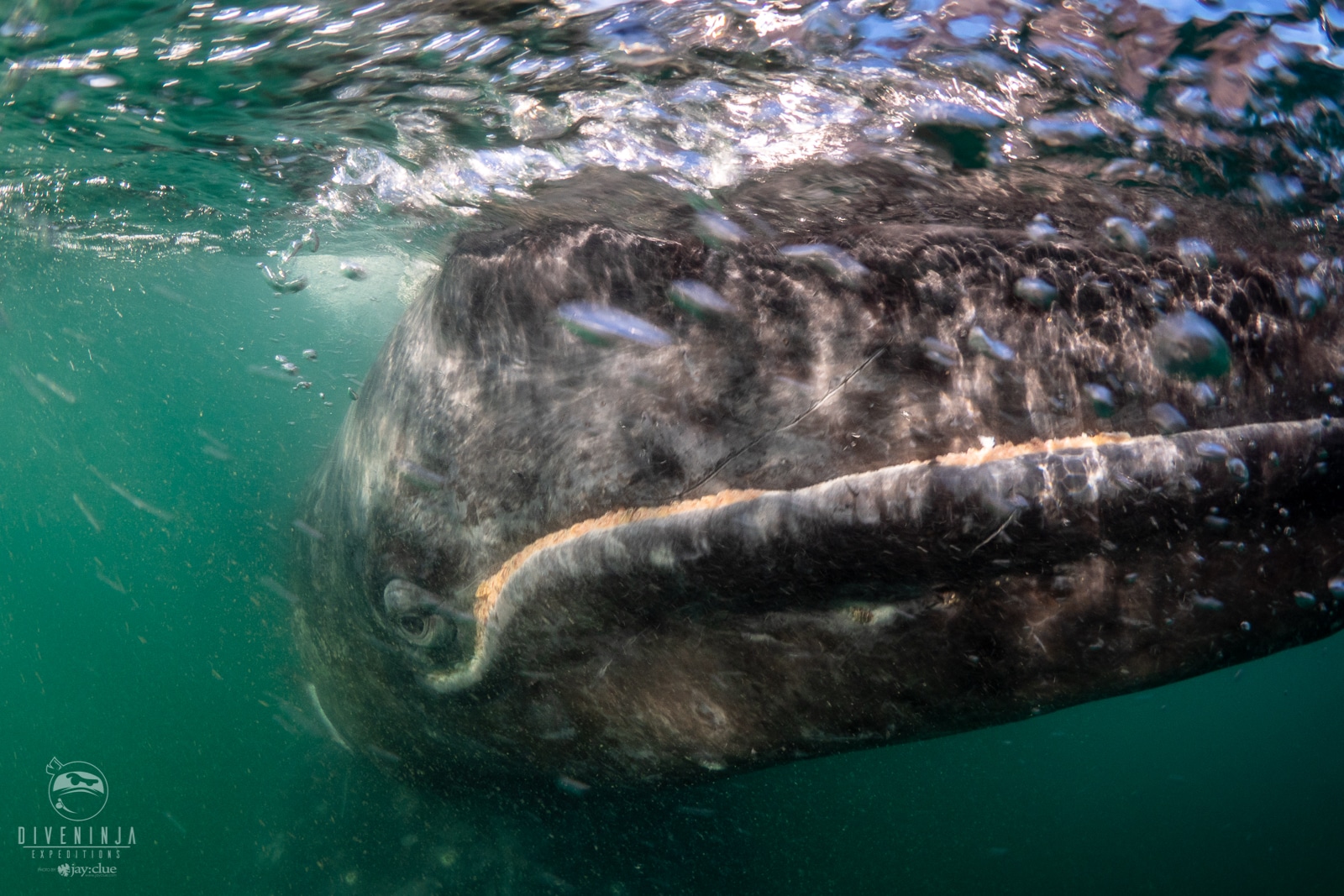
Ultimately what defines a true eco-tourism company is an organization that does not strive to be the best in the market, but instead they strive to be the best for the environment where they are. And so, I ask you, do you recall the last time you went on a trip with a true eco-tourism company?
Disclosure: Please bear in mind that this is my personal opinion and does not represent the institution I study in. If you have any doubts or comments, please feel free to contact me.
References
Ballantyne, R., & Packer, J. (2011). Using tourism free‐choice learning experiences to promote environmentally sustainable behaviour: the role of post‐visit ‘action resources’. Environmental Education Research, 17(2), 201-215.
Brochu, L., & Merriman, T. (2008). Personal interpretation: Connecting your audience to heritage resources.
Instituto Nacional de Ecología (INE), (1997). Programa de ecoturismo en áreas naturales de México. SEMARNAP-SECTUR.
SEMARNAT. (2019). Retrieved 7 September 2019, from http://aplicaciones.semarnat.gob.mx/estadisticas/compendio2010/10.100.13.5_8080/ibi_apps/WFServlet6b1e.html
Gear News
Introducing the TR-80, IR-50 and CS-30 Regulators from DYNAMICNORD

Whether you are a beginner or a professional diver – with the three new main regulators from DYNAMICNORD, everyone will find their favourite regulator. They all look super stylish.
Excellent performance with the TR-80
Quality and performance are the be-all and end-all for regulators. It is not for nothing that the TR stands for Tec Reg. The innovative design of the TR-80 guarantees absolute reliability – even in ice-cold waters.

Perfect breathing effort at 0.8 J/l / certified for diving in waters below 10 degrees / structural design made of solid brass for best cold protection / membrane-compensated design with dry seal of the first stage / reduced exhalation effort thanks to optimized exhalation membrane and bubble deflector / adjustable Venturi (dive/predive) and adjustment knob for individual inhalation comfort / innovative design of the front cover prevents free-flow in strong currents or when diving with scooters / design made of sandblasted brass, matt chrome finish / 2 HP and 4 LP outlets / mouthpiece made of high-quality, anti-allergic silicone for maximum comfort.


Amazing underwater adventures with the IR-50
The IR-50 is the top regulator for advanced and experienced divers. Natural breathing is the essence of this regulator.

Ideal breathing effort at 0.8 J/l /certified for diving in waters below 10 degrees / compensated membrane / adjustable venturi (dive/predive) and adjustment knob for individual inhalation comfort/ outlet valve and deflector for minimum exhalation effort and reduction of bubbles on the face / design made of sandblasted brass, matt chrome finish / 2 HP and 4 NP outlets / mouthpiece made of high-quality, anti-allergic silicone for maximum comfort.


The Workhorse – our CS-30
For diving centres and diving beginners – the workhorse stands for strong construction, reliability and robustness. Perfect for your training.

Optimal breathing effort at 0.8 J/l /recommended for diving in waters above 10 degrees / non-compensated piston / adjustable venturi (dive/predive) / outlet valve and deflector for minimum exhalation effort and reduction of bubbles on the face / design made of sandblasted brass, matt chrome finish / 1 HP and 3 NP outlets / mouthpiece made of high-quality, anti-allergic silicone for maximum comfort.


Octopus OP-30
The OP-30 is the ideal addition to all DYNAMICNORD regulators. It is identical in construction to the CS-30.

The TR-80, IR-50, CS-30 (DIN & INT) regulators and the Octopus OP-30 are available from DYNAMICNORD dealers and in the online store.
DYNAMICNORD – Your Outdoor Companion.
Marine Life & Conservation
Paul Watson Released as Denmark Blocks Japan’s Extradition Bid

Renowned anti-whaling activist Paul Watson has been released from custody in Greenland after spending five months in detention. Denmark’s Justice Ministry rejected Japan’s request for his extradition, citing insufficient guarantees that his time already served in custody would be credited against any potential sentence.
The 74-year-old Canadian-American was arrested on July 21 in Nuuk, Greenland’s capital, when his ship docked to refuel. His arrest was based on a 2012 Japanese warrant related to a 2010 encounter in Antarctic waters. Japan alleged Watson obstructed operations and caused damage to a whaling research ship during efforts to disrupt illegal whaling. Watson has consistently denied these claims, maintaining his commitment to marine conservation.
Denmark, which oversees extradition matters for Greenland, concluded that while the legal conditions for extradition were met, the lack of assurances from Japan regarding time-served credit made extradition untenable.
In a video shared by his foundation, Watson expressed gratitude and relief, saying, “After five months, it’s good to be out… and good to know they’re not sending me to Japan.” He added that the most difficult part of his time in custody was being separated from his two young sons.
Watson is a pioneering figure in marine conservation, known for founding the Captain Paul Watson Foundation in 2022 after decades of activism with the Sea Shepherd Conservation Society. His bold efforts to defend marine life have earned him widespread support, including from celebrities and conservationists. His work has also been featured in the acclaimed reality TV series Whale Wars.
Watson’s lawyer, Jonas Christoffersen, praised the decision, stating, “We are happy and relieved that Paul Watson is now free.” He added that Watson is eager to reunite with his family and continue his vital work.
The arrest occurred while Watson’s vessel, the M/Y John Paul DeJoria, was en route to the North Pacific with a team of 26 volunteers to intercept a Japanese whaling ship. His foundation described the arrest as politically motivated and emphasized that Watson’s actions were focused on ending illegal whaling practices.
Japan resumed commercial whaling in 2019 after leaving the International Whaling Commission, asserting that whale meat is a cultural tradition. Conservationists, however, continue to challenge these practices, highlighting their impact on marine ecosystems.
Despite the challenges, Watson remains steadfast in his mission to protect marine life and bring attention to whaling practices. His dedication to ocean conservation has made him a globally respected advocate for the environment.
-

 News2 months ago
News2 months agoIconic SS United States to become the World’s Largest Artificial Reef
-

 News3 months ago
News3 months agoBook Review – 52 Assignments: Underwater Photography
-

 Gear News3 months ago
Gear News3 months agoDYNAMICNORD – New German diving brand enters the British market
-

 News3 months ago
News3 months agoExploring Cenote El Pit: A Diver’s Dream
-

 Gear News3 months ago
Gear News3 months agoTry BARE drysuits (and maybe even win one!) this Friday with Sea & Sea at North West Dive Fest
-

 Marine Life & Conservation3 months ago
Marine Life & Conservation3 months agoBook Review: Coral Triangle Cameos
-

 Blogs2 months ago
Blogs2 months agoDive the Egyptian Red Sea this Autumn with Regaldive
-

 News3 months ago
News3 months ago2024 Ocean Art Underwater Photo Competition Announced















